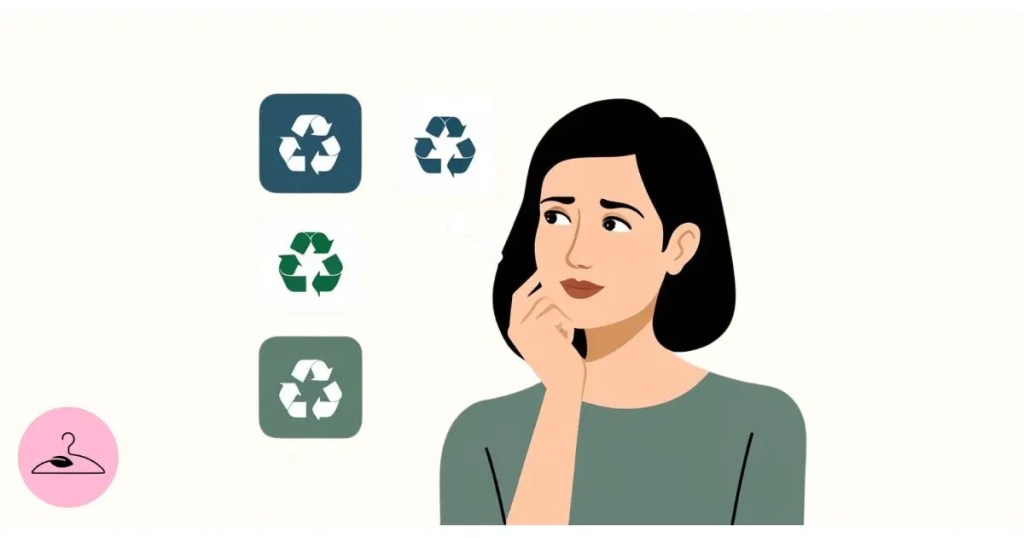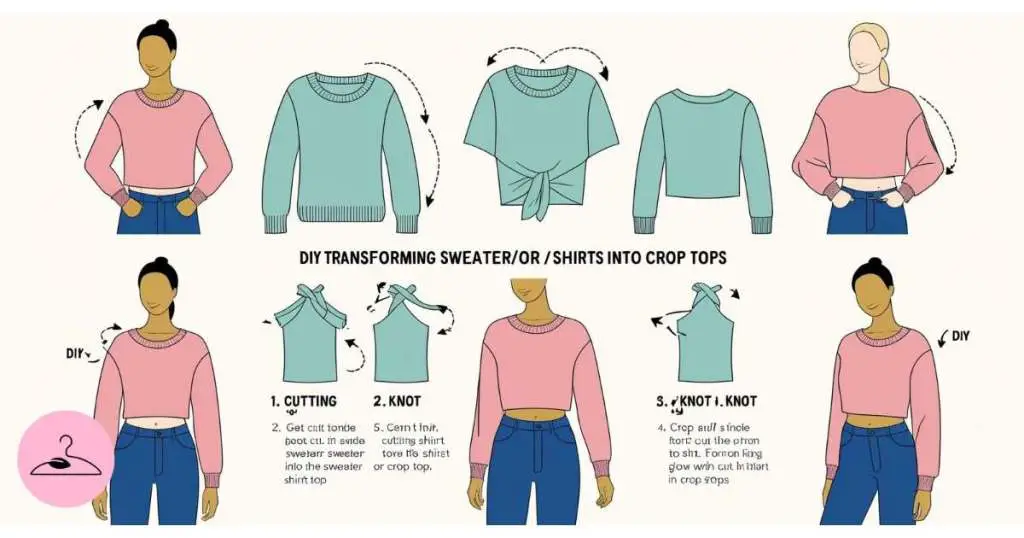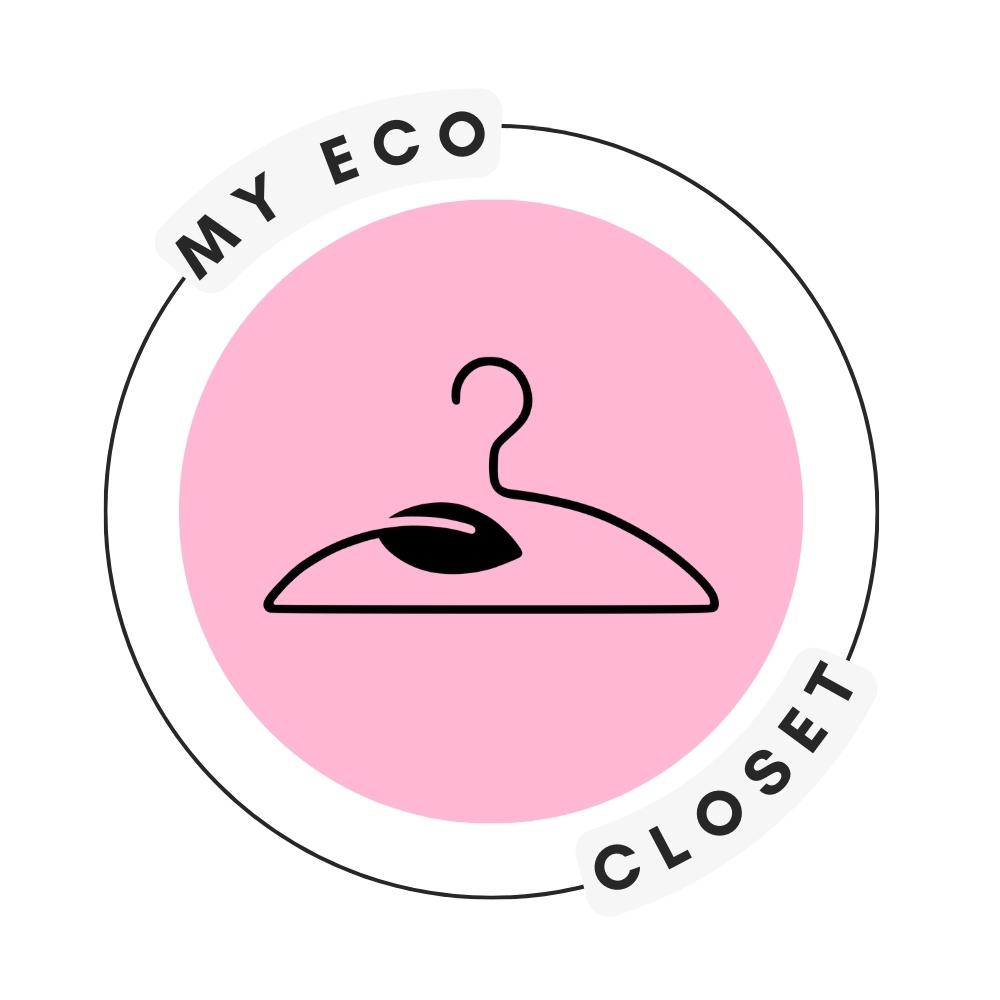Upcycling has become a resounding anthem of sustainability, disrupting the conventional narrative of consumption and waste. But what are the specific benefits achieved from the transformation of materials into new products? Delving deeper, benefits of upcycling extend to the planet, the individual, and society as a whole.

For The Planet
Reducing Waste
One of the primary benefits of upcycling is its remarkable ability to cut down on waste. In a our typical economy, products have a linear life cycle. They are created, used and eventually discarded to become waste.
Why is this problematic? According to the latest textile waste statistics, only 15% of discarded clothes and textiles are recycled, while a shocking 66% are sent to landfills. The rest are incinerated. This is due to the linear, ‘take-make-dispose’ model of consumption that’s rampant in the industry.
Luckily, upcycling disrupts this flow by creating an alternate pathway at the end of a product’s life, transforming it into something new and useful. By diverting items from landfill, upcycling contributes significantly to reducing the burden on waste management systems and mitigating the environmental impact of discarded goods – hence, promoting circularity.
Resource Conservation
Traditional manufacturing processes have a never-ending need for raw materials, energy and water. When we upcycle, we eliminate the need for such resources, which would be use to produce our final product from scratch, resulting in a more sustainable use of our planet’s finite resources. This halts environmental degradation and offers a sustainable alternative that treats our planet’s delicate ecosystems as they are – finite.
Maintaining or Improving Quality
Upcycling often has the ability to not only create something new out something old, but to produce something of equal or greater quality than the original material.
Where a product may often be discarded or used for something of lesser value, upcycling allows for an extended life span with continues to add substantial benefit to the user.

For the Individual
Fostering Creativity
Engaging in upcycling projects encourages a sense of creativity and innovation. When individuals repurpose items, they tap into their creative potential, envisioning new and imaginative uses for objects that might otherwise be discarded.
To get the full reward of upcycling, individuals must harness their creativity and problem-solving skills. It requires a mindset of resourcefulness and thinking outside the box, transforming one item into another.
Money Saving
Another tangible benefit of upcycling for individuals is the potential for cost savings. In a society driven by consumerism, people often find themselves replacing items due to wear and tear or changing trends.
Upcycling provides a cost-effective alternative. The relentless cycle of buying and discarding – only to buy again – ends with upcycling. Individuals are able to avoid spending on certain items, while using their imagination to meet that need or desire in another way.

For Society
Diverse Economy
Unlike mass-produced items that saturate the market, upcycled products carry a distinct charm, a unique personality built from their creators. This diversity not only enriches the consumer experience but also contributes to a more vibrant and dynamic marketplace.
Upcycled goods stand as a testament to individuality. Whether created for sale or solely personal use, an upcycled product demonstrates to society what a little creativity and sustainability can achieve.
Sustaining Craftsmanship
Similarly, in this economy dominated by mass production and automated processes, traditional craftsmanship skills are at risk of being lost. Upcycling serves as an accessible and encouraging guardian of these skills.
Not only does it preserve skills such as sewing or knitting, but it also provides a platform for their continued relevance. By highlighting the process of upcycling, individuals can share their skills and encourage others to get on board and partake.

Benefits of Upcycling: Impact on The Industry
In the fashion world, upcycling clothes no sew became a trend focused on utilizing large amounts of leftover textile waste to create well-designed clothes that satisfy its ever-growing market. Because fast fashion requires over-production, the amount of textile waste is projected to “surge from 7% to 30% in the next 5 years” in the UK alone, creating harmful emissions from manufacturing and polluting already crowded landfills.
- The average American throws away 82 pounds of textile waste each year
- The U.S. produces up to more than 11 million tons of textile waste – most of which is non-biodegradable
- 92 million tons of clothing end up in landfills each year, which generates half a million tons of microplastic waste
Statistics like these aren’t meant to guilt you into being more sustainable. They’re here to show you just why upcycling is so important in an age of overconsumption.
After all, upcycling serves as a the sustainable, cost-effective way to circulate clothes back into your wardrobe. It can help you think a little bit more about what you should keep and cherish – and what you should throw away.

Interesting Facts About Upcycling in 2025
Upcycling is becoming a major trend in 2025, fueled by rising awareness of sustainability and the urgent need to reduce waste. Here are some fascinating insights into the world of upcycling this year:
Certifications and Standards: A Mark of Quality
With sustainability on the rise, certifications are becoming an essential part of the upcycling movement. As of 2025, 105 companies are certified under the Upcycled Certified program, marking a 17% increase from the previous year. Additionally, the program has certified 568 upcycled products, demonstrating the growing credibility and demand for upcycled goods in the marketplace.
A Global Shift Towards Upcycling
On a global scale, the upcycling market is projected to hit USD 9.7 billion by the end of 2025. With a steady CAGR of 5.6% from 2020 to 2025, upcycling is emerging as a key player in the global economy, as consumers and businesses alike seek sustainable alternatives.
Additionally, 62% of consumers are willing to pay more for products that help combat food waste, signaling a strong consumer preference for sustainable solutions.
Circular Fashion Movement
One of the most fascinating facts about upcycling is that it has become the cornerstone of the circular fashion movement. This movement pioneers techniques for reducing waste via reusing and recycling materials, and it is growing rapidly. In fact, the circular fashion market is expected to reach USD 13.8 billion by 2033.
Celebrated on June 24, Upcycling Day is a reminder of the importance of reducing waste in the circular fashion movement. In the U.S., about 21% of people actively participate in upcycling, further cementing its place in mainstream culture.
Measuring The Environmental Impact
Upcycling plays a crucial role in lowering environmental impact. For example, by reusing one pound of clothing, three to four pounds of CO2 emissions are avoided. This simple act of repurposing combats the negative effects of textile production and landfill waste.
Technological Innovations
Cutting-edge technologies like digital embroidery and laser cutting are revolutionizing upcycling. These advancements make it easier to create distinctive designs from reused materials, making the process more efficient and appealing.
Advanced software enables intricate designs to be created with high accuracy, a level of detail that was previously unattainable through manual methods. This precision not only improves the quality of upcycled products but also allows for more complex and creative designs.

How to Embrace The Benefits of Upcycling: No Sew Ideas
Upcycling old clothes without sewing is a creative, eco-friendly activity that can lift your spirits. However, it may seem daunting for those with busy schedules or limited crafting skills. Fortunately, some creative no-sew upcycling ideas make upcycling approachable even for total beginners.
By using just scissors, fabric glue, and your hands, you can give tired garments new life, avoiding the need for sewing skills, machines, or needles.
With that said, some of the best no-sew upcycling projects include:
- Turning sweaters or shirts into crop tops – This project is quite simple, as it involves cropping off your old sweaters and shirts that you no longer wear. It’s fun, easy, and trendy!
- Transforming a T-shirt into a tote bag – By cutting off the sleeves and neckline of an old t-shirt, you can create a beautiful tote bag, which can replace a plastic bag (another win!).
- Upcycling a pair of jeans into a mini skirt – Do you have a pair of jeans that you no longer fit into or simply don’t want to wear? You can cut it up to make shorts or a denim skirt in whatever length you prefer.

Upcycling – Benefits All Around!
To sum up, the benefits of upcycling ripple across the planet, touch the lives of individuals, and enrich the fabric of society. By reducing waste, conserving resources, fostering creativity, cutting costs, and cultivating unique products and craftsmanship skills, upcycling emerges as a powerful force for positive change.
As we navigate an era defined by environmental challenges and a growing awareness of our ecological footprint, embracing upcycling is not just a choice; it’s a commitment to a sustainable and harmonious future.
Ultimately, upcycling transcends being a mere lifestyle choice; it is an important sustainability movement resonating across the planet, with individuals, and reshaping society.
Frequently Asked Questions
Upcycling reduces waste by diverting products from landfills, cutting down on pollution and landfill usage. It also conserves natural resources like raw materials, water, and energy, promoting a more sustainable way of creating goods and reducing the carbon footprint of manufacturing.
In 2025, upcycling is thriving with the global market projected to hit USD 9.7 billion. Approximately 62% of consumers are willing to pay more for sustainable products, and the circular fashion market is expected to reach USD 13.8 billion by 2033, showing a significant shift towards sustainability.
Upcycling encourages creativity and individuality by producing unique products. It also sustains traditional craftsmanship, preserving skills like sewing and knitting. By supporting these practices, upcycling contributes to a diverse economy and promotes a more sustainable, conscious consumer culture.
Technologies like digital embroidery and laser cutting make upcycling more precise and efficient. These innovations allow for intricate designs and faster production times. They also enable greater customization, ensuring upcycled products are not only sustainable but also high-quality and fashion-forward.
You can easily upcycle clothing without sewing. Ideas include turning old T-shirts into tote bags, cutting jeans into mini skirts, or cropping sweaters into trendy tops. These no-sew projects are fun, eco-friendly, and budget-conscious ways to repurpose old garments into something fresh.

